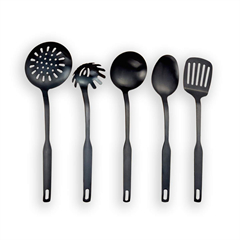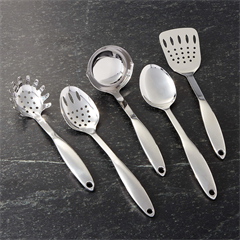1. Color Transformation: Glaze introduces a vibrant palette of colors to ceramic bowls. From earthy tones to vivid hues, glazes can completely transform the appearance of a bowl. The way glazes interact with the clay’s composition and firing temperature contributes to the final color, adding an element of unpredictability and excitement.
2. Depth and Dimension: Glazes create a visual depth on the surface of a ceramic bowl. Depending on the application technique and the composition of the glaze, it can appear as if the bowl’s surface is layered or textured. This dimensional quality adds complexity to the visual experience, enhancing the overall aesthetic appeal.
3. Texture Play: Glazes have the remarkable ability to mimic textures found in nature or create entirely new tactile experiences. From smooth and glossy to rough and matte, glazes can emulate the feel of natural materials like stone, wood, or even fabric. These textures invite touch and engage the senses.
4. Visual Effects: Special glazing techniques, such as layering, dripping, or splattering, create visually stunning effects on ceramic bowls. The interplay of colors and patterns can evoke emotions and convey stories, making each bowl a unique visual narrative.
5. Glaze Chemistry: The chemistry of glazes influences their behavior during firing. Certain glazes might react with one another, creating unexpected patterns and effects. This interaction between glazes and firing conditions adds an element of surprise to the creative process, resulting in one-of-a-kind outcomes.
6. Interaction with Form: The way glaze adheres to the contours of a bowl’s form enhances its sculptural qualities. Light and shadow interact with the glaze’s surface, accentuating the curves, angles, and textures of the bowl. This interaction creates a play of highlights and shadows, enhancing the three-dimensional effect.
7. Personal Expression: Glazing offers potters a way to express their individual style and creativity. Whether it’s a delicate, translucent glaze that highlights the natural texture of the clay or a bold, vibrant glaze that commands attention, the choice of glaze reflects the potter’s artistic vision.
8. Durability and Protection: Beyond its visual impact, glaze serves a functional purpose. It forms a protective layer over the ceramic surface, making the bowl more durable and easier to clean. This dual function of beauty and protection ensures the longevity of the piece.
9. Uniqueness: Each glaze firing is a unique process. Factors such as the glaze composition, application method, and firing conditions contribute to variations in the final result. This uniqueness ensures that every ceramic bowl is one of a kind, a testament to the magic of the glazing process.
The magic of glaze brings a sense of wonder and possibility to ceramic bowls. It’s an alchemical process that turns raw clay into a canvas of colors, textures, and stories. Whether used for functional purposes or displayed as art, glazed ceramic bowls invite us to marvel at the artistic potential locked within a seemingly simple material.







